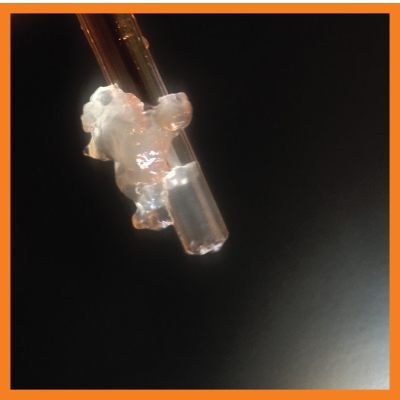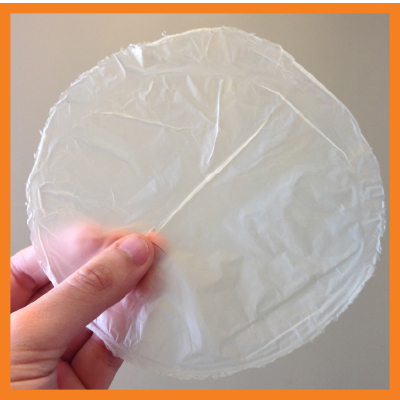

Cellulose microfibrils and nanofibrils (CMF/CNF) are μm-size cellulose fibers with large specific surface area and high capacity of interaction with large-diameter fibers. They are obtained by mechanical disintegration of plant fibers and a sequence of specific chemical and mechanical treatments. The CMF/CNF offer a wide range of applications, as high-performance reinforcing additive in the plastics and adhesive resin industries, among others.
In Chile, the manufacture of cardboard boxes for export fruit and meat industries requires more than 200 thousand tons of packaging paper annually. This is driven by the high rate of food exports, which grows at an average annual rate of USD 1 billion. The growth of this market has been sustainable, as the net food exports have doubled over the last 10 years.
These boxes, whose main the function is to ensure that the food arrives in optimal conditions to the customer, are made with paper made from recycled fibers; these can deteriorate as a result of successive use and lose their original quality and resistance. The alternatives to improve their mechanical performance are limited, an increase in product mass being the most common consequence.
In the course of execution of the InnovaChile CORFO project 13IDL2-18588 in 2013, “Manufacture and use of CNF in stationery”, we demonstrated the feasibility of producing CMF/CNF at laboratory scale; we also formulated a conceptual design of a process for its industrial production, and this intellectual property was protected. The application of these CMF/CNFs in laboratory-grade papers gave surprising results, because the mechanical properties were much higher than those achieved with traditional additives. Incorporation of only 0.5% CNF improved paper stress index by up to 26%. By way of comparison, cationic starch (the product most industries use for this purpose) offers maximum improvements of 7% with 2% additive. Technology scale-up is thus being carried out in the INNOVA CHILE project 15VEIID-45654 “CNF-reinforced mechanical high-performance industrial papers”, whose purpose industrial scale validation of the manufacture of new, high-performance papers incorporating cellulose nanofibers (CNF).
New areas of application are concurrently being explored by controlling the polarity of CMF/CNFs. Thus, for example, the partial acetylation of fibers and their application as reinforcing additive in bioplastics (polylactic acid) and adhesive resins for wood are being evaluated. These developments are part of the COPEC project UC 2015.R.536 Foundation “Cellulose microfibres (CMF) with controlled polarity”.
A CMF/CNF production pilot plant was built with a production capacity of 10 kg/test. Currently, CMF/CNFs are produced from bleached eucalyptus kraft pulp (BEKP) for industrial application tests. The pre-treatment of the pulp and the operating conditions was optimized.
CMF/CNF application tests at the Forestal y Papelera Concepción (FPC) production plant are under execution in order to evaluate the performance and improvements in physical and mechanical properties of the paper. The properties being evaluated are stress, tear and explosion according to TAPPI T-205 cm-88 standard. The main challenges include the place and form of additive application, its degree of fibrillation and retention on paper.
As for CMF/CNFs with controlled polarity, we have showed that controlled acetylation is a valid technological alternative. The most suitable functionalization conditions, the effect of acetylation on polarity and the energy requirements associated with mechanical refining have been established. Energy consumption is significantly lower when the degree of substitution of fibers increases. Demonstrative application tests are still pending in formulations of PLA-based bioplastics and adhesive resins.
